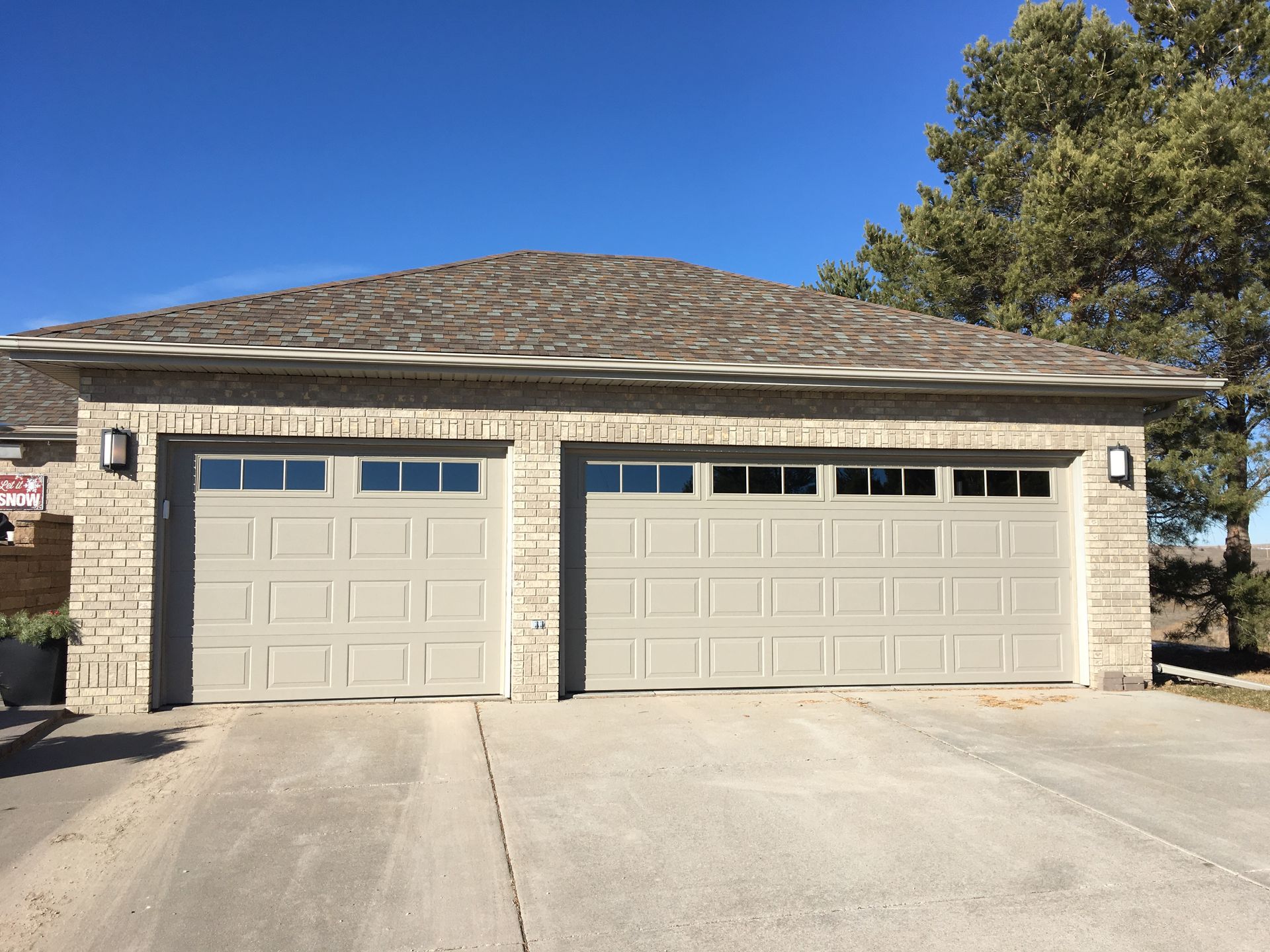The weather can have a huge impact on your roof. Understanding the challenges each season brings can help protect and extend your roof's life. Let’s dive into how weather affects your roof and tips for year-round protection.

How Rain, Snow, and Heat Impact Your Roof
Rain: Continuous rain can cause leaks, mold, and erosion, especially if your roof’s seals are compromised. Standing water may also damage shingles and encourage wood rot.
Snow and Freezing Weather: Accumulated snow can put a heavy load on your roof, potentially causing it to sag or collapse. Ice dams form when melting snow refreezes at the roof's edge, blocking proper drainage.
Extreme Heat: Heat can warp, crack, or buckle shingles, and the constant expansion and contraction of roofing materials in hot weather can weaken the roof’s structure over time.
Preparing Your Roof for Extreme Weather
Preparing your roof for extreme weather is crucial. Here are some steps to help you keep your roof in good condition throughout the year:
- Clear gutters: Ensure that gutters and downspouts are clear of debris to prevent water backup during rain or snow melt.
- Examine your shingles: Inspect your shingles and replace any that are damaged or missing before extreme weather hits.
- Check for cracks: Check for and seal any cracks or gaps in your roof to prevent water intrusion during rain or snow.
- Ensure proper insulation: Proper insulation helps maintain energy efficiency and prevents ice dams from forming.
Weathercraft’s Recommended Roof Inspections and Maintenance
We recommend getting a professional roof inspection at least twice annually—once in spring and once in fall. Our experts will assess any weather-related damage and provide recommendations for repairs to help your roof withstand extreme weather.